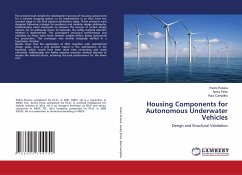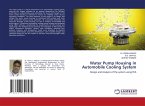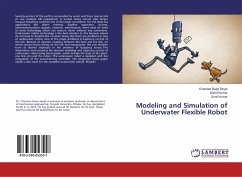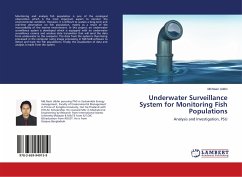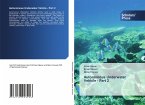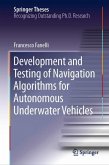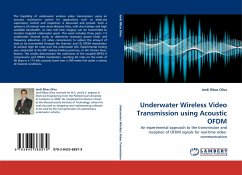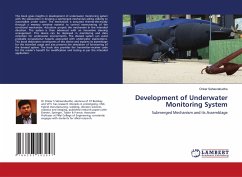The present book details the development process of housing components for a wireless charging system, to be implemented in an AUV, from the concept stage to the final physical verification stage. These products were designed following a design for excellence and modular design philosophy, implementing visual scorecards to measure the success of certain design aspects. For an adequate choice of materials, the Ashby material selection method is implemented. The prototype's structural performance was validated via linear static finite element analysis before being outsourced for production. This prototype was further physically verified in a hyperbaric chamber. Results show that the application of FEM, together with well-defined design goals, have a very positive impact in the optimization of the housings, which would have been more time consuming and costly otherwise. Additionally, the Ashby material selection method allowed to equate the material choice, achieving the best performance for the lower cost.
Bitte wählen Sie Ihr Anliegen aus.
Rechnungen
Retourenschein anfordern
Bestellstatus
Storno

